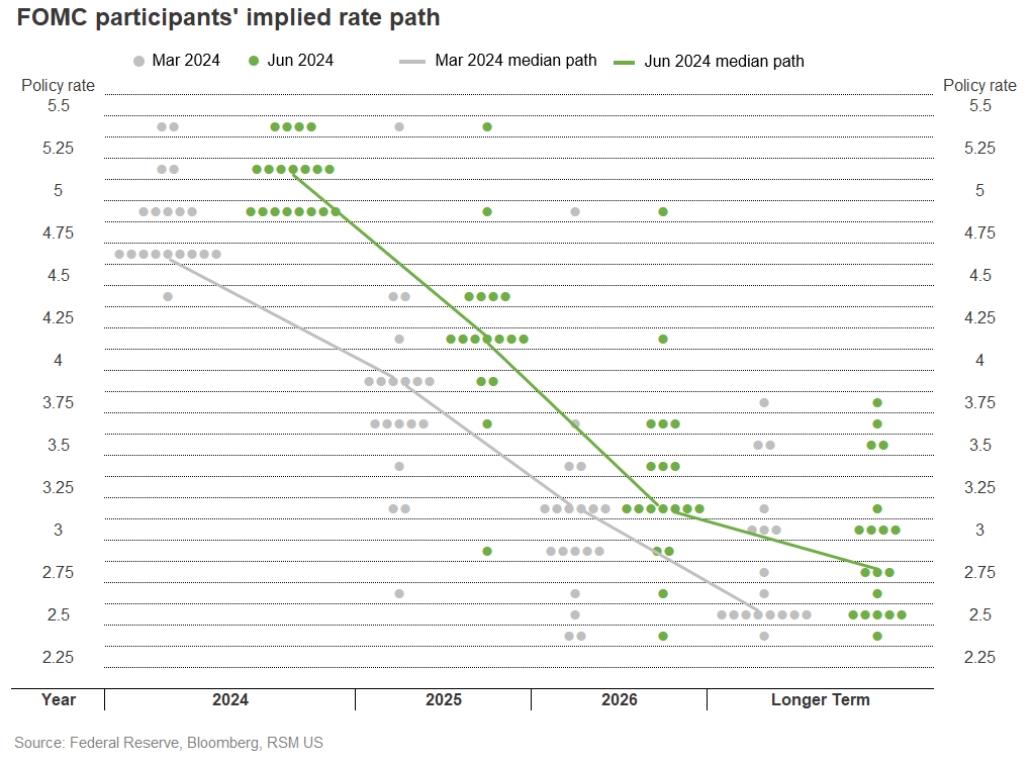Buchbinder, the chief equity strategist at LPL Financial, comments, "As the Fed starts its cutting cycle, markets are still going to be concerned. The economy is slowing down, and with the Fed cutting rates, we are seeing slow growth paired with contained inflation." Amid two jobs reports that were cooler than expected, investors are wrestling with the possibility that the central bank may have delayed its rate cuts too long, potentially paving the way for a recession.




GreenDay : I look for a credit squeeze as banks will have a harder time offsetting their losses from defaults.
103545977 : i think today a invest increase $Bitcoin (BTC.CC)$fund
placid Ibex_9638 : Don’t know.
Renato bal : Let’s stop speculating negatively about cut rates as if the worse scenario was just around the corner. We need good news and a positive mindset.
105525016 : cheese burger
104281896 103545977 : $Apple (AAPL.US)$ @Analysts Notebook
Jorge Rodriguez84 : I think it will be .50 and the market will drop.
Woonsc GreenDay : If interest rates reduce, then no credit squeeze?
Trwils1230 Renato bal :![undefined [undefined]](https://static.moomoo.com/nnq/emoji/static/image/default/default-black.png?imageMogr2/thumbnail/36x36)
Talented Mr Ripley : NO RATE CUTS!! trillion dollar deficit, and negligent over-issuance of short-term bonds due 2025/2026 prohibits rate cuts or the value of the dollar plummets.
View more comments...